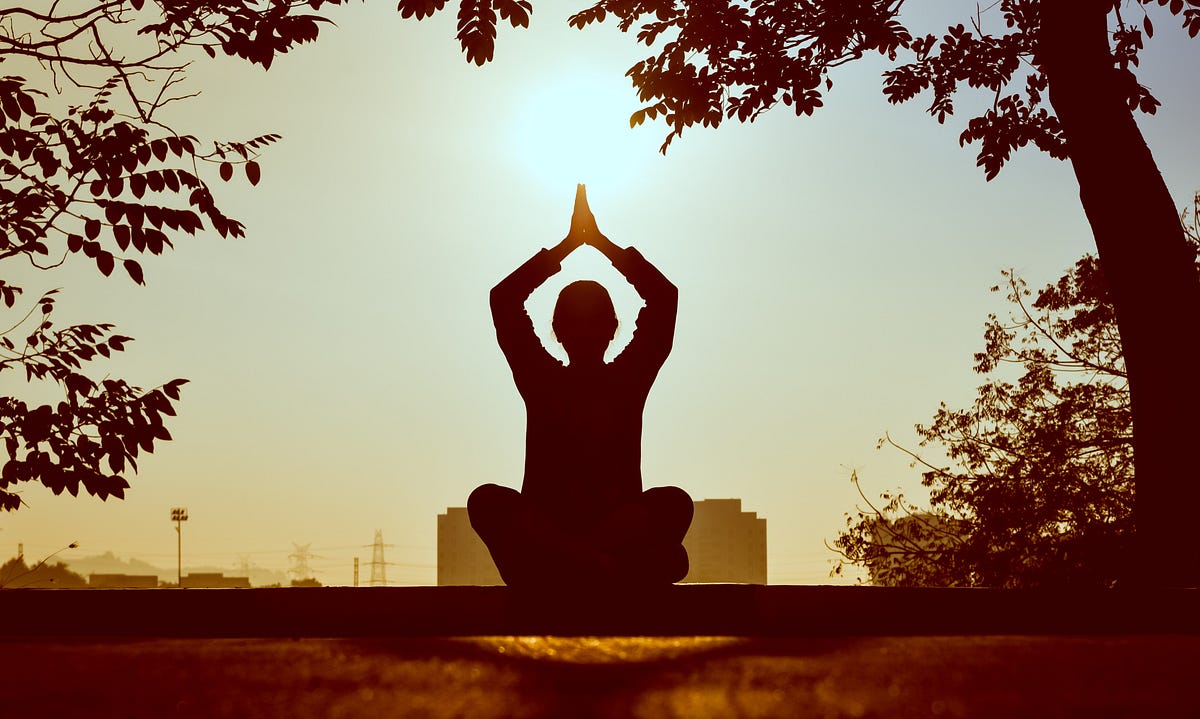Ashtanga Yoga is more than just a physical practice; it is a holistic system that encompasses philosophical principles aimed at guiding individuals towards self-realization and inner peace.
Rooted in the ancient wisdom of the Yoga Sutras of Patanjali, the Ashtanga Yoga philosophy offers a comprehensive framework for living a meaningful and fulfilling life.
In this article, we will delve into the foundational principles of Ashtanga Yoga philosophy, known as the Eight Limbs of Yoga, and explore their significance in the practice and beyond.
The Eight Limbs of Ashtanga Yoga Philosophy
The Ashtanga Yoga philosophy, as elucidated by Patanjali, consists of eight interconnected limbs, each building upon the other to form a path towards spiritual liberation. Let’s explore each limb in detail:
- Yama (Ethical Restraints): The first limb, Yama, encompasses ethical restraints that guide our interactions with the external world. These include:
- Ahimsa (Non-violence): Cultivating compassion and non-harming towards all living beings.
- Satya (Truthfulness): Speaking and living truthfully with integrity.
- Asteya (Non-stealing): Respecting the possessions and boundaries of others.
- Brahmacharya (Moderation): Exercising self-restraint and channeling energy towards spiritual pursuits.
- Aparigraha (Non-possessiveness): Letting go of attachments and desires for material possessions.
By adhering to these ethical principles, practitioners cultivate a sense of moral integrity and harmony in their relationships with others and the world around them.
Niyama (Observances)
The second limb, Niyama, comprises observances that govern our internal conduct and self-discipline. These include:
- Saucha (Purity): Cultivating cleanliness and purity in body, mind, and environment.
- Santosha (Contentment): Finding contentment and gratitude for what is present in the present moment.
- Tapas (Discipline): Cultivating self-discipline and perseverance in the pursuit of spiritual growth.
- Svadhyaya (Self-study): Engaging in self-reflection, study of sacred texts, and introspection.
- Ishvara Pranidhana (Surrender to the Divine): Surrendering one’s actions and ego to a higher power or divine essence.
Through the practice of Niyama, practitioners cultivate inner strength, self-awareness, and devotion to their spiritual path.
Asana (Physical Postures)
The third limb, Asana, refers to the practice of physical postures. While Ashtanga Yoga is often associated with dynamic and challenging poses, the true essence of Asana lies in finding steadiness (sthira) and ease (sukha) in each posture.
By cultivating awareness of the body and breath in the present moment, practitioners prepare the body and mind for the deeper practices of meditation and self-inquiry.
Pranayama (Breath Control)
The fourth limb, Pranayama, involves conscious control and regulation of the breath. Pranayama techniques harness the vital life force energy (prana) within the body, promoting physical health, mental clarity, and spiritual awakening.
By synchronizing breath with movement and directing prana through the subtle energy channels (nadis), practitioners awaken dormant energies and expand their consciousness.
Pratyahara (Sense Withdrawal)
The fifth limb, Pratyahara, entails withdrawing the senses from external distractions and turning inward. By cultivating introspection and inner listening, practitioners free themselves from the constant fluctuations of the mind and develop heightened awareness of their internal experiences.
Dharana (Concentration)
The sixth limb, Dharana, involves cultivating single-pointed concentration and focus. Through practices such as Trataka (gazing meditation) and mantra repetition, practitioners train the mind to remain steady and centered, paving the way for deeper states of meditation.
Dhyana (Meditation)
The seventh limb, Dhyana, refers to the uninterrupted flow of awareness towards a chosen object of meditation. In Dhyana, the practitioner experiences a state of absorption and unity with the object of meditation, transcending the limitations of the ego and experiencing inner peace and bliss.
Samadhi (Union)
The final limb, Samadhi, represents the culmination of the yogic path – a state of profound spiritual realization and union with the divine.
In Samadhi, the practitioner transcends the ego and experiences a sense of oneness with the universe, realizing their true nature as pure consciousness.
Conclusion
The Eight Limbs of Ashtanga Yoga philosophy offer a comprehensive roadmap for spiritual growth and self-realization. By integrating ethical principles, physical practices, breathwork, and meditation into their lives, practitioners embark on a transformative journey towards inner peace, harmony, and liberation.
Whether on or off the mat, the teachings of Ashtanga Yoga provide guidance for living a purposeful and meaningful life in alignment with one’s highest truth.



